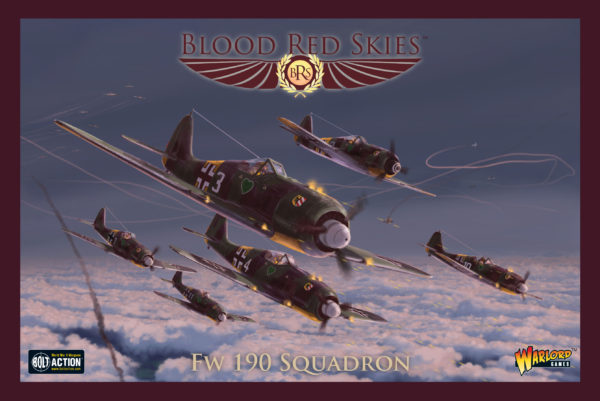
Frontline Report: Jagdgeschwader 54
Armed with the exceptional Fw-190A, Jagdgeschwader 54 swept the skies of Soviet aircraft during Barbarossa and fought till the bitter end in defence of the Reich.
Jagdgeschwader 54 (JG 54) began its illustrious career flying Bf109s over Poland and France, operating in support of bomber formations, conducting long-range fighter sweeps to establish air superiority over the British and French forces.
During this period, the squadron claimed to have destroyed 238 enemy aircraft and became widely regarded as one of the Luftwaffe’s best escort units.
Nicknamed the Grünherz (Green Hearts), for commander Hannes Trautloft’s home province of Thuringia, JG 54 went on to serve in Yugoslavia before being reassigned to the Eastern Front for the opening stages of Operation Barbarossa, where it began scything through the Soviet Air Force.
The Fw-190A Arrives
Introduced to Luftwaffe squadrons in France in the summer of 1941, the Fw-190A gave the Germans a huge advantage over the RAF. Superior to contemporary Spitfire models in all but turn radius, this new radial-engined fighter allowed the Luftwaffe to temporarily regain the initiative in the west.
“The Messerschmitt 109 and the British Spitfire, the two fastest fighters in the world at the time we began work on the Fw 190, could both be summed up as a very large engine on the front of the smallest possible airframe; in each case, armament had been added almost as an afterthought. These designs, both of which admittedly proved successful, could be likened to racehorses: given the right amount of pampering and easy course, they could outrun anything. But the moment the going became tough they were liable to falter.
During World War I, I served in the cavalry and in the infantry. I had seen the harsh conditions under which military equipment had to work in wartime. I felt sure that a quite different breed of fighter would also have a place in any future conflict: one that could operate from ill-prepared front-line airfields; one that could be flown and maintained by men who had received only short training; and one that could absorb a reasonable amount of battle damage and still get back. This was the background thinking behind the Focke-Wulf 190; it was not to be a racehorse but a Dienstpferd, a cavalry horse.” – Kurt Tank, designer of the Fw-190.
The Fw-190A proved to be an excellent replacement for the ageing Bf109, with improved reliability, ease of use and firepower. Across the board, pilots that used both preferred the newer aircraft, which excelled in its role as a fighter, interceptor and ground-attack plane.
JG 54 received its first Fw-190A in February 1943, while serving on the Eastern Front. By the summer of 1943, the squadron was providing air cover over the battle of Kursk. The Luftwaffe launched an all-out attack against Soviet aviation, clearing a path for dedicated strike aircraft. Later on, they joined the fight as ground-attack aircraft, destroying tanks with bombs, rockets and cannons.
In the aftermath of the German defeat at Kursk, JG 54 found itself following Army Group North back across the Baltic. With numbers of Russian aircraft on the rise, the squadron could never hope to re-establish air superiority and ended the war penned up in the Courland Pocket.
JG 54 Aircraft Markings
JG 54 used the same marking scheme as other Luftwaffe fighter squadrons.
Most aircraft in JG 54 bore the squadron emblem of a green heart or a variation of it – the Grünherz representing Trautloft’s home province of Thuringia.
Pictured above is the 11th aircraft in 1. Staffel, denoted by the white number 11 to the left of the Balkenkreuz. The colour of the number indicates which Staffel the aircraft belongs to – white for the 1st, black for the 2nd and yellow for the 3rd.
The insignia on the aircraft nose denotes the Gruppen – in this case, a halved shield bearing a black eagle on a yellow field on one half, and a field of red and white diagonal stripes on the other. Each Gruppe in the Geschwader had a unique insignia
Other Gruppen had a tactical emblem to further distinguish them – a horizontal line for the 2nd Gruppen, a curved line, resembling a U with down-turned tips for the 3rd Gruppen and a wavy line of the 4th. This emblem was painted in the same colours as the Staffel number, to the right of the Balkenkreuz.
Blood Red Skies
Blood Red Skies is a tabletop miniatures game where you command formations of fighter aircraft in battle. Action in the game is fast-paced – with six or more planes per side, a thrilling dogfight can be fought in forty-five minutes or less.
The post Frontline Report: Jagdgeschwader 54 appeared first on Warlord Games.







